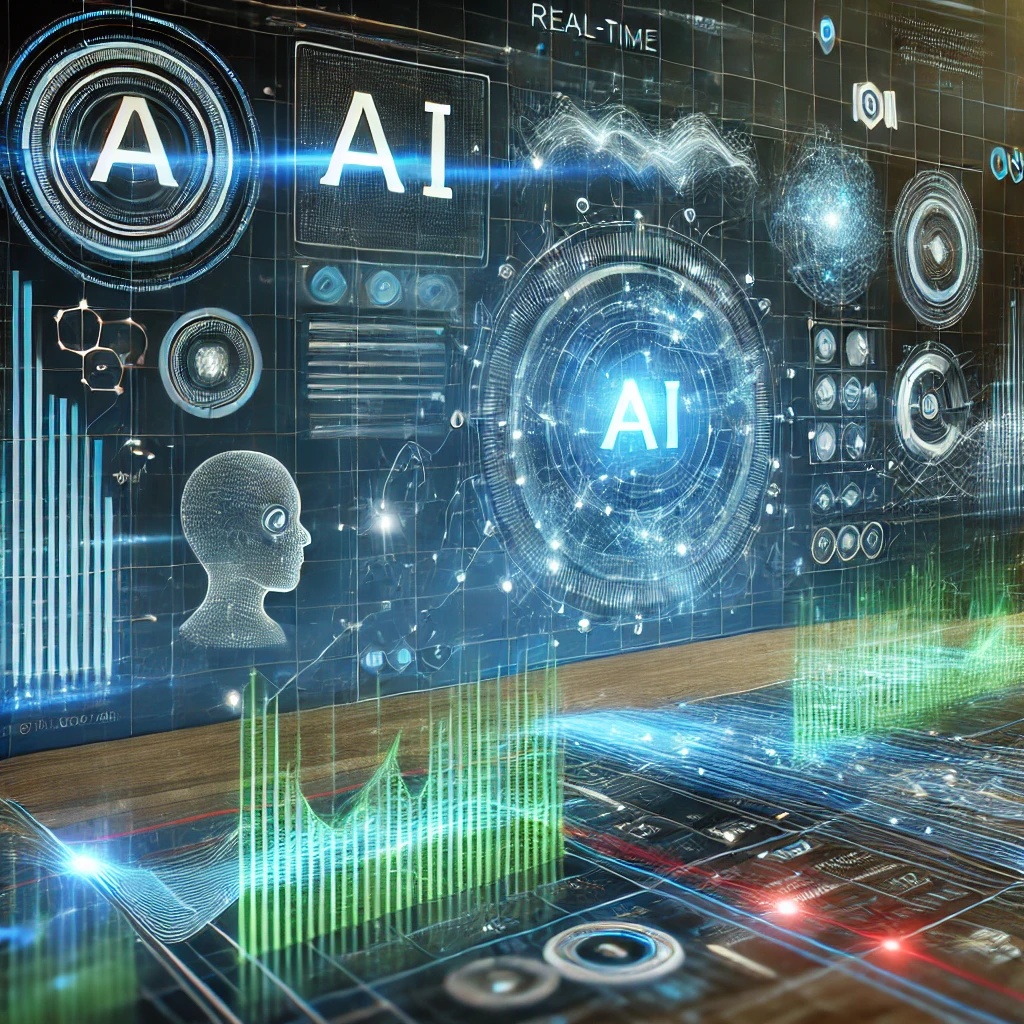
The Role of Artificial Intelligence in Predicting and Mitigating Cyber Threats
- Artificial Intelligence (AI) and Machine Learning (ML) are revolutionizing the cybersecurity landscape by enabling real-time threat detection and predictive analytics. AI-powered systems can monitor massive data streams, discover anomalies, and automate defense responses—abilities that conventional methods struggle to provide at scale.
1. Proactive vs. Reactive Cyber Defense:
Traditional security measures (e.g., signature-based antiviruses, static firewalls) primarily function reactively. AI flips the script by analyzing behavior patterns, spotting anomalies, and proactively isolating threats. In doing so, organizations can patch vulnerabilities before attackers exploit them.
2. Machine Learning for Anomaly Detection:
ML algorithms continuously learn from network traffic, system logs, and user behaviors. When unusual activities—like rapid data exfiltration or abnormal login attempts—are detected, the system triggers alerts. Advanced ML models like neural networks or ensemble methods can reduce false positives by correlating thousands of data points simultaneously.
3. Natural Language Processing (NLP) in Threat Intelligence:
NLP-driven tools scan vast amounts of unstructured text (e.g., dark web forums, hacking community chatter, or threat intelligence feeds) to identify emerging exploit techniques and vulnerabilities. This intelligence helps security teams prioritize patch management and defense strategies.
4. AI-Driven Incident Response and Automation:
Time is critical in cyber incident response. AI-driven Security Orchestration, Automation, and Response (SOAR) platforms help to automate threat containment (isolating compromised endpoints), block suspicious IP ranges, and deploy patches network-wide—all in a matter of minutes.
5. Ethical and Practical Considerations:
AI-based solutions need massive, high-quality datasets. Biased or incomplete data may lead to errors or overlooked threats. Moreover, cybercriminals are also leveraging AI—leading to AI vs. AI battles where attacker algorithms attempt to mask behaviors while defender algorithms try to detect them.
AI is not a silver bullet. However, combined with expert human oversight, AI can drastically improve an organization’s cybersecurity posture and readiness against sophisticated attacks.




